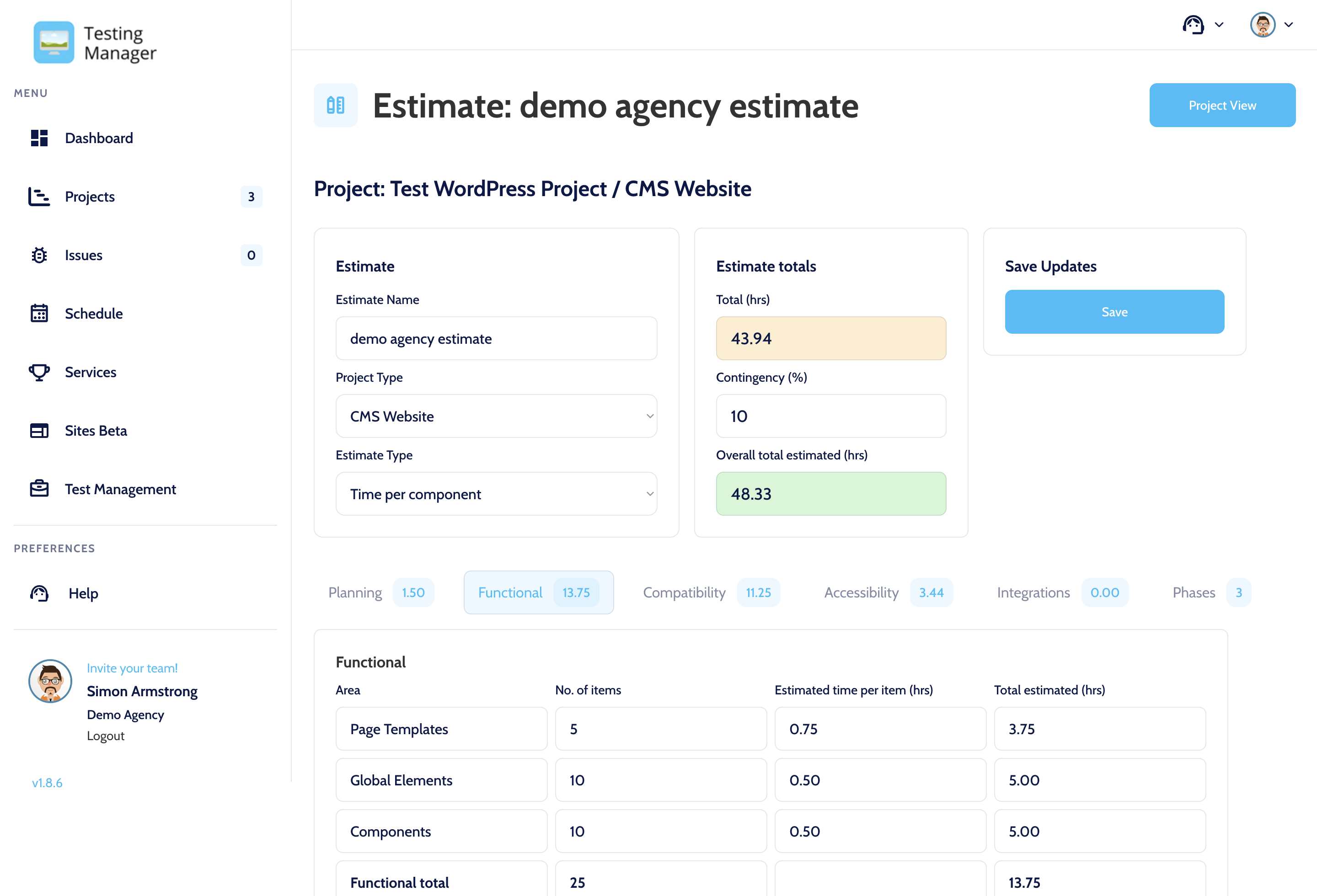
The ability to estimate testing - how much time is required for testing and what should be included in the scope of testing - has always been a problem. This is especially a problem for organisations that do not have dedicated testers but rely on project managers or developers to allocate sufficient time for testing.
This means that testing is frequently under-estimated and scheduled based on an insufficient amount of time to actually carry out the required testing. Sometimes the estimate is little more than guesswork or is simply how much time remains after the development work is completed. I have seen this first hand for many projects, the amount of testing time is simply the gap between the development work being finished and the deadline date.
And if the development work runs late, and the deadline is immovable, then the testing time shrinks regardless or how much time is actually needed.
This does not seem to be the best way to effectively estimate an important part of any web or software development project.
Rush the testing, due to a lack of time set aside or time eaten up by other project overruns, and you set yourself up to fail. This leads to bugs not being found and ending up in production, urgent hotfixes and rework to put things right and frustrated users, clients and stakeholders. Miss high impact bugs due to rushed or inadequate testing and there can be financial, reputational and even legal implications.
There must be a better way.
Now there is a better way, we're happy to announce a new feature for our Testing Manager application, called Testing Estimator.
This is a simple tool that helps our users estimate the testing for their projects more effectively.
Guiding you through each part of testing, from planning to functional, browser and mobile compatibility, through to accessibility and any integrations.
Input aspects related to the project, such as how many components there are to test, or page templates, or how many browsers and mobile devices to cover. The Testing Estimator will calculate the time required for testing those aspects.
Add any additional time for bug retesting or regression testing, plus a contingency if anything unexpected happens during testing. The result is a much more accurate estimate of how much time is needed to test the project.
Furthermore, the estimate is saved against the project so can be referred to later to see how testing is going alongside the estimate.
If you'd like a demo of the Testing Estimator or our Testing Manager application then please book one here.


